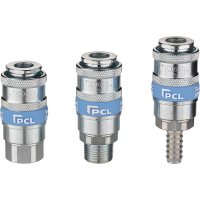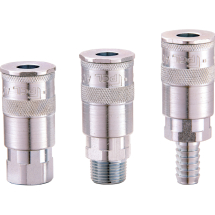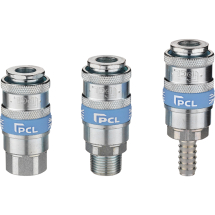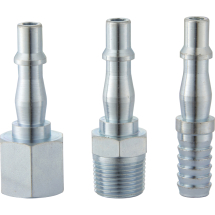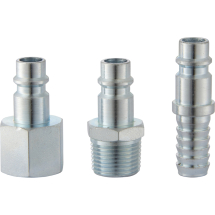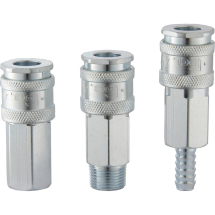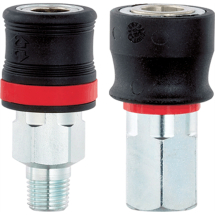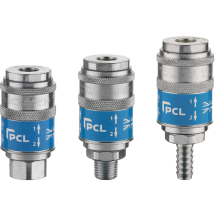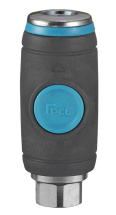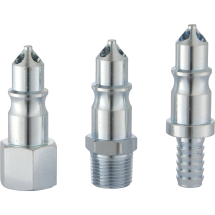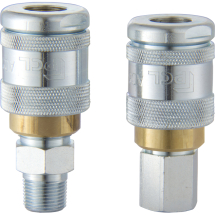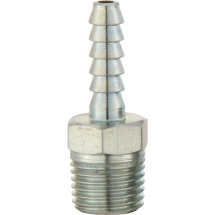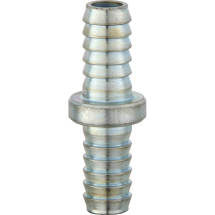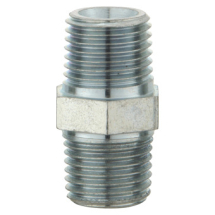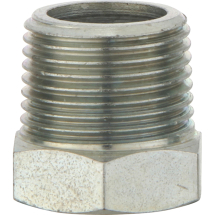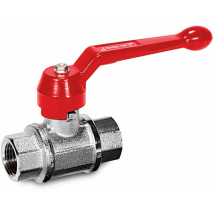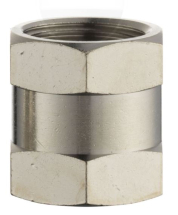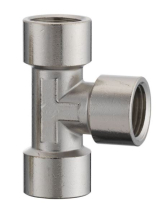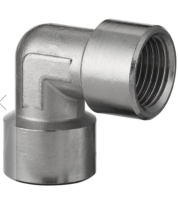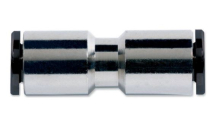- Home
- Featured Products
-
Tyre Bay Consumables
- Home
- Tyre Bay Consumables
- Trax Wheel Balance Weights
- Schrader Tyre Valves Car & Commercial/Plant
- Tech Tyre Products
-
TPMS Diagnostic Tools & Valves
- Home
- Tyre Bay Consumables
- TPMS Diagnostic Tools & Valves
- View All TPMS Diagnostic Tools & Valves
- TRUCK DIAGNOSTIC TOOL TPMS SENSOR & REPLACEMENT STEMS
- TPMS Diagnostic Tools
- TPMS SENSORS T-PRO EZ SENSOR HUF INTELLISENS ONE DIRECT SENSOR
- TPMS Replacement Sensor Stems
- TPMS Service Kits
- TPMS Workshop Tools
- TPMS Consumables
- TPMS Starter Kits
-
Tyre Tools
- Home
- Tyre Bay Consumables
- Tyre Tools
- View All Tyre Tools
- Adhesive Weight Remover
- Balance Weight Pliers
- Puncture Tools
- Carbide Cutters Rasp Tools & Probes
- Wire Wheels & Brushes
- Mole Grips & Pliers Allen Keys
- Tyre Marking Chalk
- Needles Car Truck Earthmover
- Spanners & Screwdrivers
- Part Worn stamp Kit
- Valve Repair Tools & Accessories
- Storage Bins
- Tyre Mounting Pastes & Liquids
- Tyre Repair Chemicals
- Disposable Gloves Hygiene & Safety
- S.A.S. Range
- Batteries
- Wheel Nut Indicators Original
- Tyre Injury Filler
- OKO Tyre Sealent
- Tyre Protector
- Motorcycle
- Trucks
- Tractor
- Earthmover
- Cable Ties
- Rema Tip Top Products
-
Workshop Equipment
- Home
- Workshop Equipment
-
Sockets Extension Bars Adaptors
- Home
- Workshop Equipment
- Sockets Extension Bars Adaptors
- View All Sockets Extension Bars Adaptors
- 1/2'' Drive Sockets
- 3/4" Drive Deep Sockets
- 1'' Drive Deep Sockets
- 1" Drive Deep Thin Wall Sockets
- Lug Nut Removers
- Impact Socket Sets
- Budd Sockets
- Extension Bars Impact Ball-Hole Type
- Adaptors Impact For Torque Wrench And Reducers
- Norbar Torque Wrenches Car & Commercial
- Tyre Regroovers & Blades
- Locking Wheel Nut Removers
- Beadseater (Cheetah)
- Air/Hyd Bottle Jacks
- Winntec
- Trolley Jacks/Bottle Jacks
- Tyre Levers Bead Breakers
- Beadbreakers Tractor Plant
- Wheel Braces
- Tyre Safety Cages Traffic Cones
- Axle Stands
- Thor Copper/Hyde Sledge Club Lump Hammers
- Jacking Pads & Rubber Blocks Knelling Pads
- Lamps
- Clearance
- Welding,Gas & Abrasives
-
Air Products
- Home
- Air Products
- PCL Products
- Hose Reels
- Airline Gauges & Accessories
-
Aircat Air Tools
- Home
- Air Products
- Aircat Air Tools
- View All Aircat Air Tools
- Aircat 3/8" Drive Impact Wrenches
- Aircat 1/2" Drive Impact Wrenches
- Aircat 3/4" Drive Impact Wrenches
- Aircat 1" Drive Impact Wrenches
- Aircat Die Grinders
- Aircat Air Drills
- Aircat Ratchets
- Aircat Sanders & Polishers
- Aircat Saws & Air Hammers
- Aircat Air Buffers
- Universal Screwdrivers
- Universal Air Drills
- BATTERY IMPACT WRENCH
- Tyre Machine Spares
- Tyre Machines, Wheel Balancers & Compressors
- TPMS Vehicle Look Up
-
Tyre Bay Consumables
-
-
Workshop Equipment
-
-
Air Products
- Tyre Machine Spares
-
Tyre Machines, Wheel Balancers & Compressors
- TPMS Vehicle Look Up
PCL Couplings & Adaptors
PCL has been designing and manufacturing couplings and adaptors for over 75 years. Within this section you will find the largest selection avaliable, from the standard Airflow range for fixed applications and Vertex for trailing hose, to the common industry interchanges and safety couplings.
Matching Couplings and Adaptors
Identifying couplings can be difficult , especially if there is no branding etched or printed on the sleeve - and when it comes to adaptors, different profiles do not interchange. For example, an XF adaptor will not fit into a Vertex coupling.
The coupling can then be identified by establishing the adaptor that fits into it.
PCL couplings and adaptors are manufactured to conform to international standards and are interchangable with other manufactures' couplings and adaptors using the same standards.
Jargon Buster
Couplings are often referred to as either ''females'' or ''sockets'' or ''couplers''.
Adaptors are often known as ''males'' or ''plugs'' or ''nipples''.
Nominal bore is the term used for the internal diameter of the hole that runs through the length of the adaptor.
How to measure a Pipe Thread?
Thread sizes are based on trade size rather than actual dimension, which often leads to confusion. Here is our simple guide to measuring a thread and identifying it as a British Pipe Standard (BSP).
The BSP is the UK'S most commonly used type of thread and falls into 2 categories:
- Parallel (BSPP) - Also known as G or Rp
- Tapered (BSPT) - Also known as R or Rc
R, Rp and Rc threads are taken from BS21:1985 pipe threads for tubes and fittings where pressure-tight joints are made on the threads. Meanwhile G threads are taken from BS2779:1986 pipe threads for tubes and fittings where pressure-tight joints are usually made on a washer or 'O' ring.
Using a ruler or Vernier, measure across the outside diameter of a male thread. If the thread measures 0.5" it is not a 1/2" BSP thread.
Using the table below you can see that a measurement of 0.5" is actually a 1/4" BSP thread and that a 0.75" measurement is a 1/2" BSP Thread. So, you can basically take 0.25" off your measurement to get the corresponding BSP thread.
|
Trade Size (BSP) |
Threads per inch (TPI) |
Max Diameter | Min Diameter | ||
| Inch | MM | Inch | MM | ||
| 1/8 | 28 | 0.383 | 9.728 | 0.3372 | 8.565 |
| 1/4 | 19 | 0.518 | 13.157 | 0.4506 | 11.445 |
| 3/8 | 19 | 0.656 | 16.662 | 0.5886 | 14.95 |
| 1/2 | 14 | 0.825 | 20.955 | 0.7336 | 18.633 |
| 3/4 | 14 | 1.041 | 26.441 | 0.9496 | 24.12 |
| 1 | 11 | 1.309 | 33.249 | 1.1926 | 30.292 |
